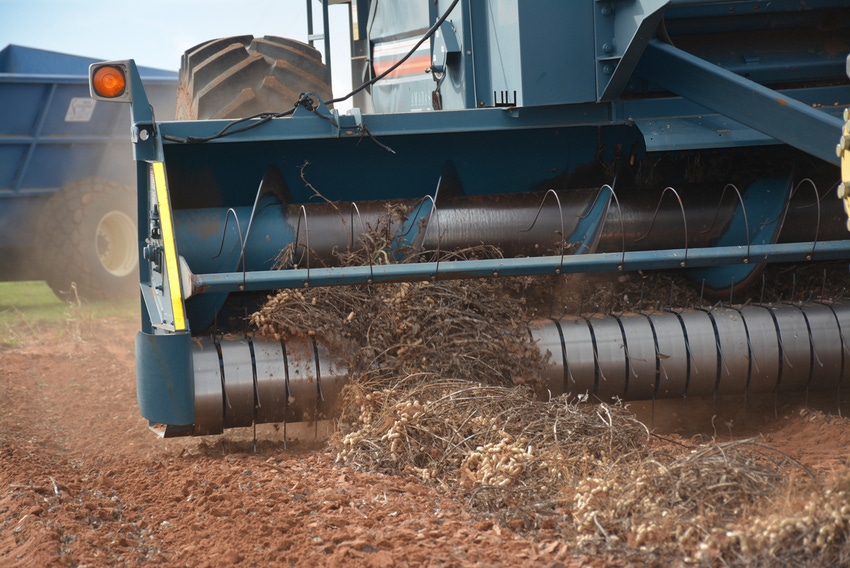September 3, 2019

USDA’s Risk Management Agency (RMA) updated the Whole-Farm Revenue Protection (WFRP) policy for the 2020 policy year by expanding safety net options and flexibility for agricultural producers. Changes to WFRP, a popular insurance policy among specialty crop and organic growers, were triggered by the 2018 farm bill.
“There has been some confusion about how WFRP interplays with other federal disaster programs and indemnity payments, and we’ve added new provisions to address these concerns,” said RMA Administrator Martin Barbre. “The WFRP policy is an important product for producers of any crop, but particularly for growers of less traditional crops. We’re excited to offer these improvements.”
WFRP allows coverage of all revenue for commodities produced on a farm up to a total insured revenue of $8.5 million. It is popular for specialty crops and organic commodities.
NAP and Federal Disaster Payments
Previously, producers who carried the Noninsured Crop Disaster Assistance Program (NAP) and WFRP coverage had to choose which indemnity they would receive in the case of a loss. Beginning with the 2020 policy, producers with NAP and WFRP may receive indemnity payments under both policies, meaning an indemnity paid under NAP will not be counted as revenue-to-count under the WFRP program up to the deductible of the WFRP policy.
Changes also include:
Producers carrying NAP cannot receive a premium discount under the WFRP program.
As of 2020, state and federal disaster program payments will be excluded from revenue-to-count and allowable revenue determinations.
Increases to Livestock and Nursery Limits
Beginning in 2020, the expected revenue limit is $2 million. Previously, insurance for livestock and nursery was limited to operations with no more than $1 million in expected revenue from livestock or nursery.
But an operation with over $2 million can still choose to purchase WFRP. Any revenue earned from commodities produced on the farm or purchased for resale above $2 million will be counted as revenue-to-count.
Implementation of History Smoothing Provisions
Several measures will be available as options to prevent large drops in approved revenue from year to year and smooth the historical values. An additional premium will be billed for each option selected.
Available smoothing options include:
A 60 percent revenue plug based on the simple average or simple indexed average revenue. Years having revenue less than the average may be replaced by 60 percent of the average to calculate the approved revenue.
Producers may drop the lowest year revenue from the history and calculate the average revenue based on the four remaining years.
The approved revenue may also be cupped at no less than 90 percent of the previous year’s approved revenue.
More Information
For 2020, RMA is also adding coverage for hemp producers through WFRP. Learn more in this news release issued earlier this month.
Crop insurance is sold and delivered solely through private crop insurance agents. A list of crop insurance agents is available at all USDA Service Centers and online at the RMA Agent Locator. Producers can use the RMA Cost Estimator to get a premium amount estimate of their insurance needs online.
To learn more, visit the WFRP Coverage and Frequently Asked Questions pages.
Source: is USDA-RMA, which is solely responsible for the information provided and is wholly owned by the source. Informa Business Media and all its subsidiaries are not responsible for any of the content contained in this information asset.
You May Also Like




